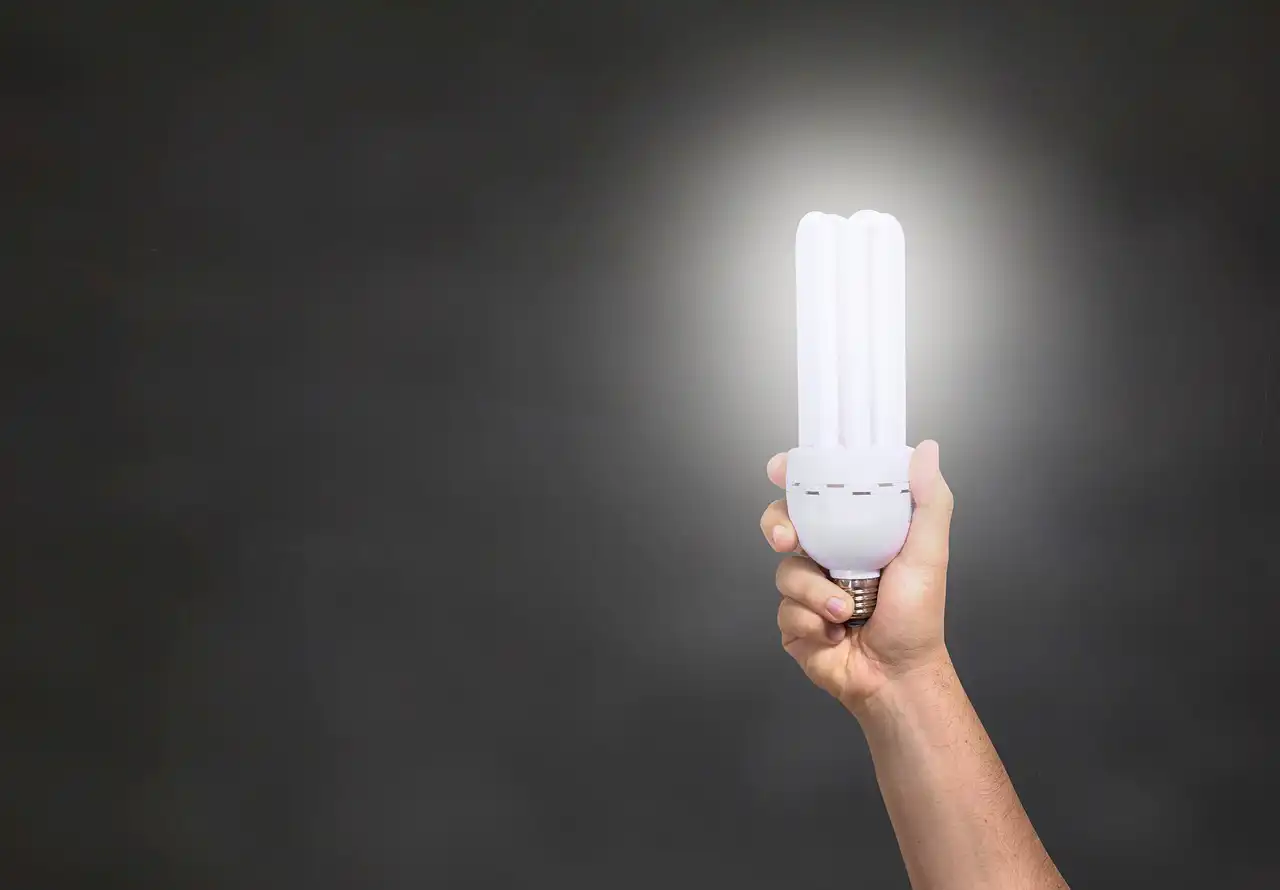Commercial lighting is not cheap: the average lighting system can equal as much as 35% of your overall business energy costs. If your lighting is costing you more than it should, there is an easy fix. The best way to reduce your energy costs is to upgrade your commercial lighting to be more efficient. It’s likely, however, that a ballast replacement might be required to do so. But with so many lighting options to choose from, how do you know which is the best for your particular industry and situation?
The Role of Ballasts in Your Commercial Lighting
Commercial properties require a different type of lighting system than residential ones. Whether you own a warehouse or an apartment complex, it takes a good mix of different types of lighting design at different intensities to find custom solutions to properly illuminate for comfort, and – perhaps more importantly – safety. A ballast is something that is specifically designed for use with the bulb that it illuminates. Used in commercial settings, they are typically required for code compliance. Because commercial lighting tends to need a higher power charge, residential lighting is simply not enough to meet the demand. Over the past 15 years, many commercial property owners have upgraded to LED lights because they offer lower operating and maintenance costs and more versatility than fluorescent lighting.
How Does Ballast Replacement Work?
Many commercial properties use fluorescent lighting because it offers low operating costs and is easy to replace. They usually require very little – if any – maintenance. When you see something like lights flickering and replacing the bulb doesn’t solve the issue, then you might want to consider upgrading with a ballast replacement. When a ballast is replaced, the light is removed from the casing along with the cover of the fixture. Then, the existing wiring is removed along with the malfunctioning ballast. After that, all we have to do is put in a new ballast and reconnect the wires and your bulb will shine brightly. If the lights begin to function properly without flickering or humming after being replaced, you know that you have sufficiently fixed the problem.
Reasons You Should Consider Upgrading to New Commercial Lighting
Although no one really wants to invest in upgrades if they don’t have to, commercial lighting should be replaced if you notice any of these issues:
- Frequent bulb burnout
- Dimming and flickering
- Lights won’t turn off as they should
- Cracked or burnt lights
- Bulb explosion
- False light coloring
- For more ambiance – softer, cooler, brighter, etc.
- Upgrading for cost savings
- Lower your energy consumption
- Not enough light for working conditions
What Type of Light Bulb to Use Where for Your Commercial Lighting System in Augusta
- Incandescent – an older technology that is outdated, but can suffice for high levels of bright light when needed
- Halogen – Much more efficient than incandescent lighting for bright white light. Typically used in outdoor settings
- Flood Lights – Great for lighting up large areas and spaces. Typically referred to as High-Intensity Discharge, they are usually used outdoors and for residential applications
- Fluorescent – Most commonly used in commercial settings. They use as little as a fifth to a third of the electricity compared to incandescent lights and last ten times longer. Due to the presence of mercury, they require special disposal when no longer useful
- Compact Fluorescent – CFL bulbs are the ones with the swirl design and are smaller than traditional fluorescent lights. Most commonly used in commercial spaces, they work great with lamps or desktops
- Projector Bulbs – Used for projectors in the office for a crisp and clear presentation
- Neon Lights – Typically more expensive than alternatives, they are usually used to illuminate brand logos or signs
- HID – High-Density Discharge bulbs have a long lifespan, are efficient, and provide bright light. They do not offer a great light color, however, and are not as efficient as LED lights
- LED Lights – Light Emitting Diodes are more efficient than other light bulbs and use up to 75% less energy and last 35 to 50 times longer
- Security Lighting – Usually used on building exteriors, they tend to be tied to timers. They can also be found in stairwells and hallways to increase security
The Importance of Conserving Energy
As any commercial property owner knows, having the right lighting is important for productivity, ambiance, and safety. If your current commercial lighting system isn’t cutting it, now is a great time to switch to an upgraded commercial lighting replacement. Contact Morrison today to discuss how we can get everyone seeing better, reduce your carbon footprint, and save energy costs!

